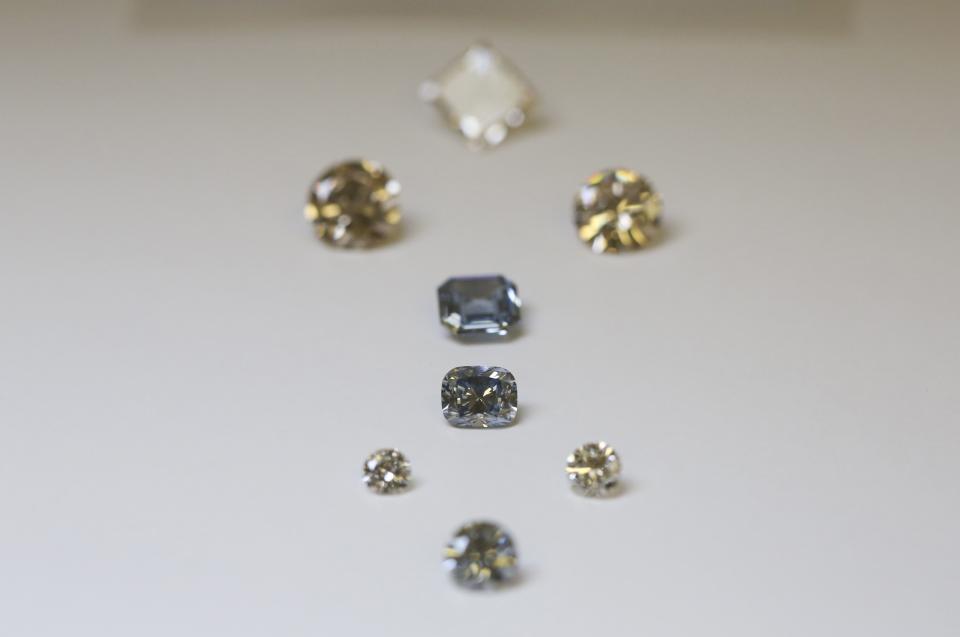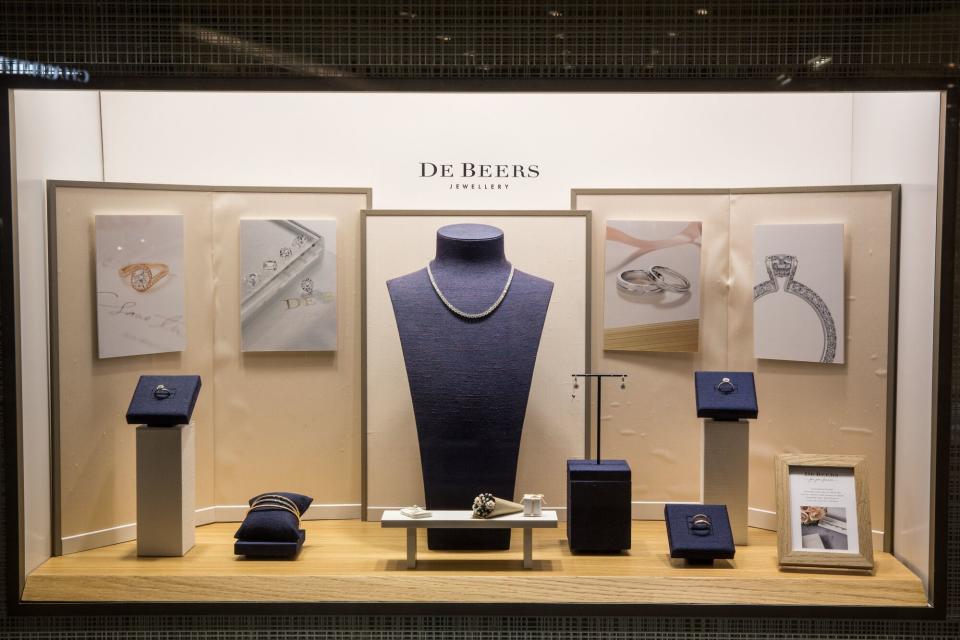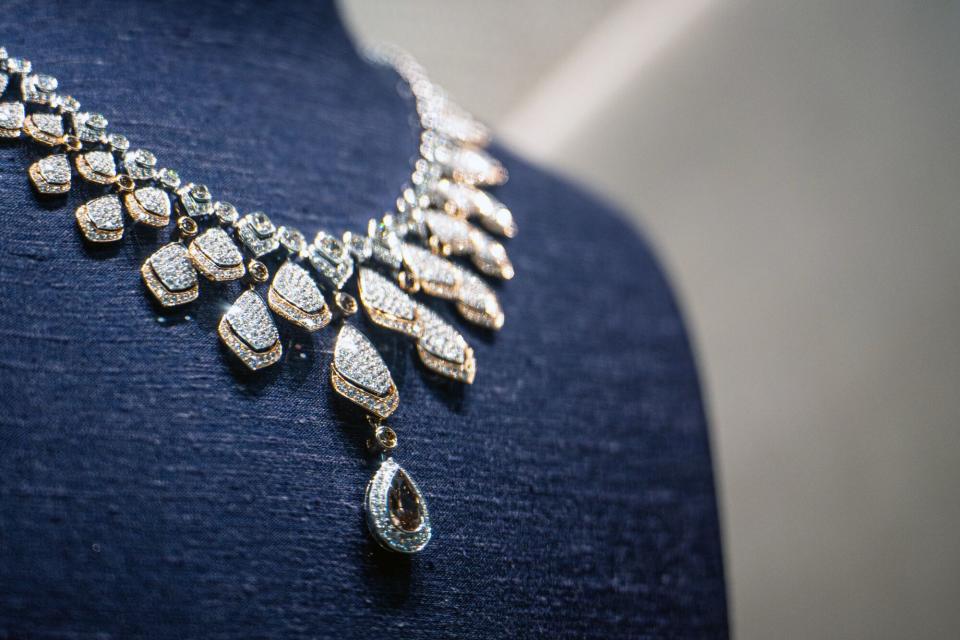De Beers Ditches Lab-Grown Diamonds as It Looks Beyond Anglo
(Bloomberg) -- De Beers will ditch a controversial experiment to sell lab grown diamond jewelry, ending a six-year program that broke one of its oldest taboos.
Most Read from Bloomberg
Key Engines of US Consumer Spending Are Losing Steam All at Once
GameStop Shares Surge as Gill’s Reddit Return Shows Huge Bet
Mnuchin Chases Wall Street Glory With His War Chest of Foreign Money
Homebuyers Are Starting to Revolt Over Steep Prices Across US
AMLO Protege Sheinbaum Becomes First Female President in Mexico
While the company long held the technology to make synthetic gems, it always refused to sell them as jewelry, fearing they would undercut the allure of natural stones. Yet as man-made stones gained traction and started competing directly with natural diamonds, De Beers launched its own jewelry brand in 2018.
The company introduced Lightbox to sell synthetic diamonds at a steep discount to rival producers in an attempt to drag prices lower and create a clear divide in consumers’ minds. Now it’s pulling that offering, as De Beers Chief Executive Officer Al Cook overhauls a business that’s set to be cast adrift by owner Anglo American Plc.
As part of a turnaround plan to fend off an approach from BHP Group, Anglo last month said it planned to sell or separate De Beers, ending an almost century-long relationship with the industry’s most famous name. As De Beers — which coined the slogan “Diamonds are Forever” — prepares for that split, it will renew its focus on promoting natural stones.
“We know how to do it and we’re coming back,” CEO Cook said in an interview. “All of this comes together under a big theme of differentiating natural diamonds from lab grown.”
Read More: CEO Who Said No to $49 Billion Must Now Dismantle Anglo American
Synthetic diamond prices have now collapsed, though how much of that is down to De Beers and how much is because of a flood of new supply is open to debate. That undermines the logic for the De Beers venture, with wholesale prices of lab grown diamonds now lower than those of Lightbox, which were well below the going rate when first introduced.
Still, while synthetic diamond prices have collapsed, they’ve caused significant collateral damage. Natural stones used in cheaper 1 to 2 carat wedding rings have tumbled under pressure from synthetics and have so far shown little sign of a sustained recovery.
De Beers will not immediately stop selling its Lightbox stones. It will use up its existing inventory — which will take about a year — and then make a decision on what to do with the business.
Industry participants are still divided on what the long-term impact of synthetics will be and how much of the current diamond industry weakness is cyclical, rather than a structural change, partly brought about by lab-grown alternatives.
Unlike imitation gems such as cubic zirconia, diamonds grown in labs have the same physical characteristics and chemical makeup as mined stones. They’re made from a carbon seed placed in a microwave chamber and superheated into a glowing plasma ball. The process creates particles that can eventually crystallize into diamonds. The technology is so advanced that experts need a machine to distinguish between synthesized and mined gems.
Read More: Anglo Ditching De Beers Is Hard Blow for Troubled Diamond Market
De Beers will turn its focus on so-called category marketing, where it promotes diamond jewelry in general rather than just its own branded gems. It will also expand its retail footprint through its own jewelry stores.
The company will also dip its toe into polishing its own stones, part of the industry dominated by mostly family run firms in India and Belgium.
De Beers is targeting annual core profit of $1.5 billion by 2028. Last year, the business made just $72 million, though traditionally its profits have ranged between $500 million and $1.5 billion as the diamond industry swings from boom to bust.
That volatility created frustration within Anglo, where years of erratic performance eroded returns from more coveted commodities, such as copper.
Most Read from Bloomberg Businessweek
Disney Is Banking On Sequels to Help Get Pixar Back on Track
The Budget Geeks Who Helped Solve an American Economic Puzzle
Israel Seeks Underground Secrets by Tracking Cosmic Particles
How Rage, Boredom and WallStreetBets Created a New Generation of Young American Traders
©2024 Bloomberg L.P.

 Yahoo Finance
Yahoo Finance 


